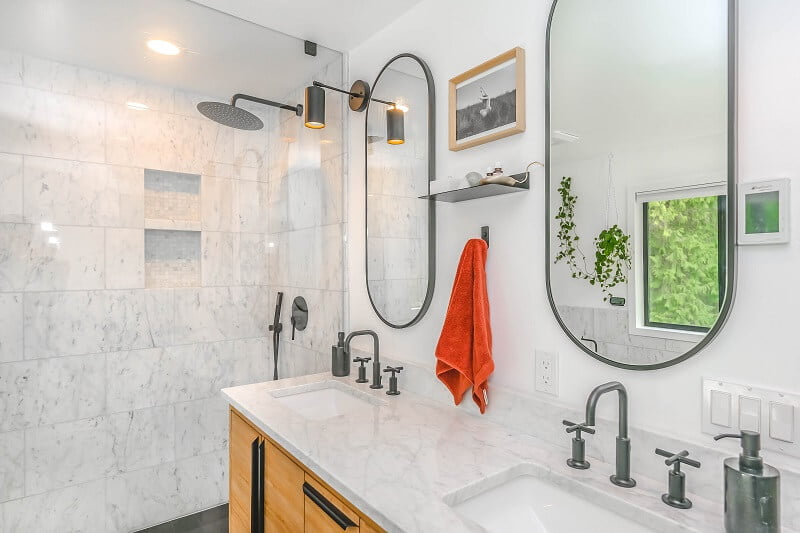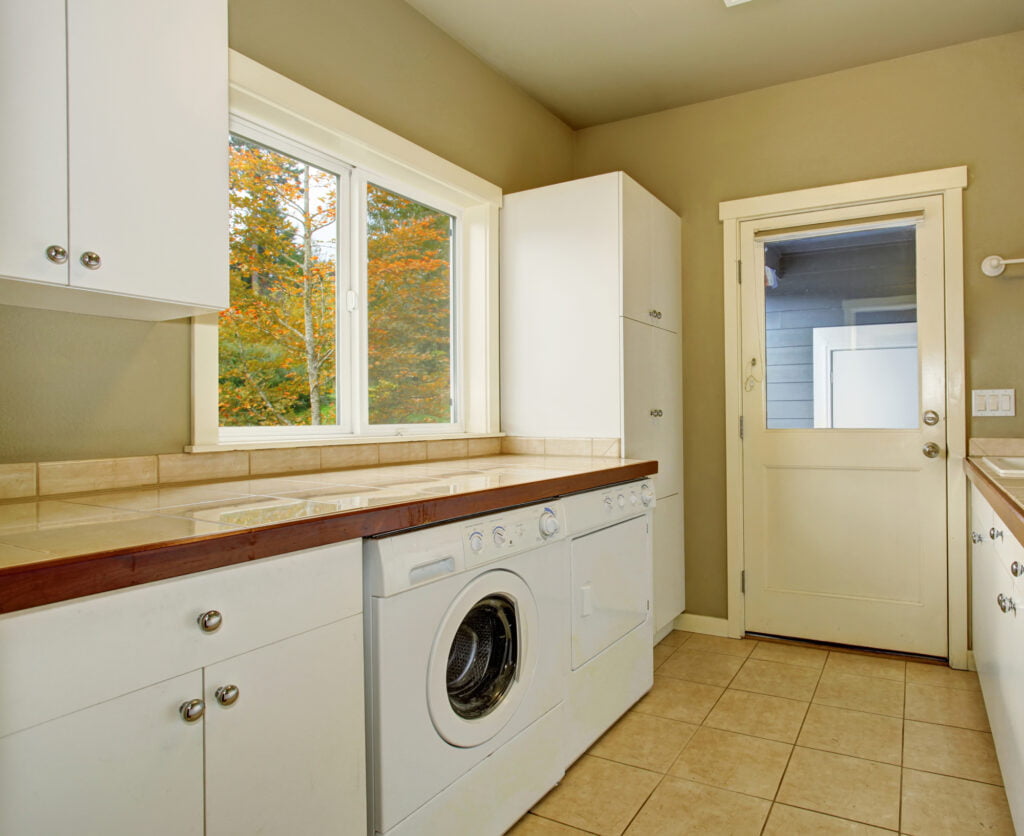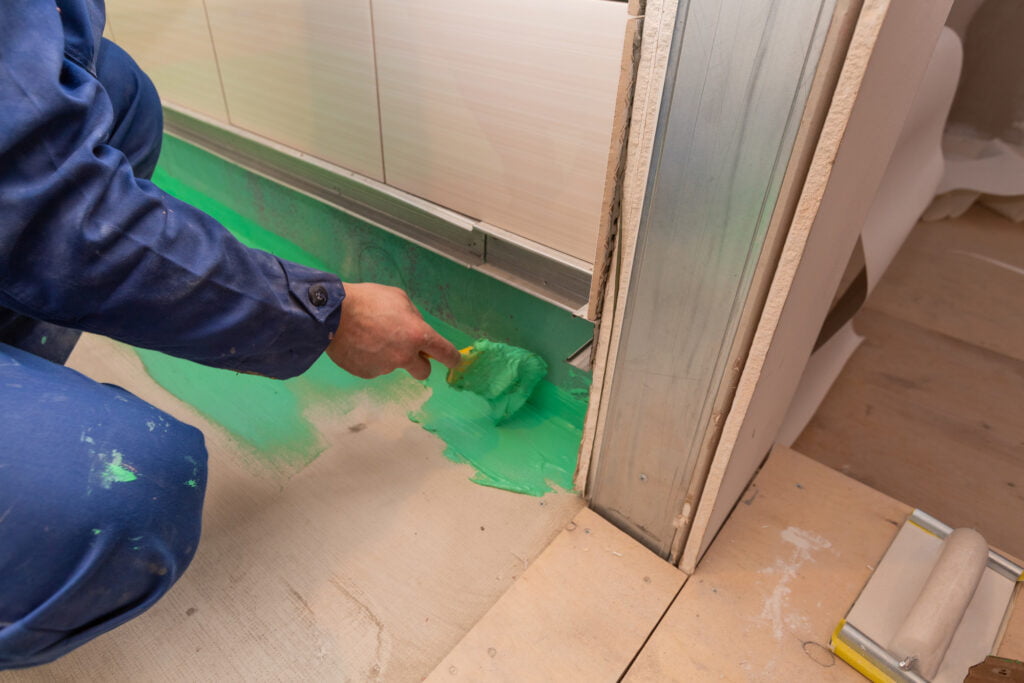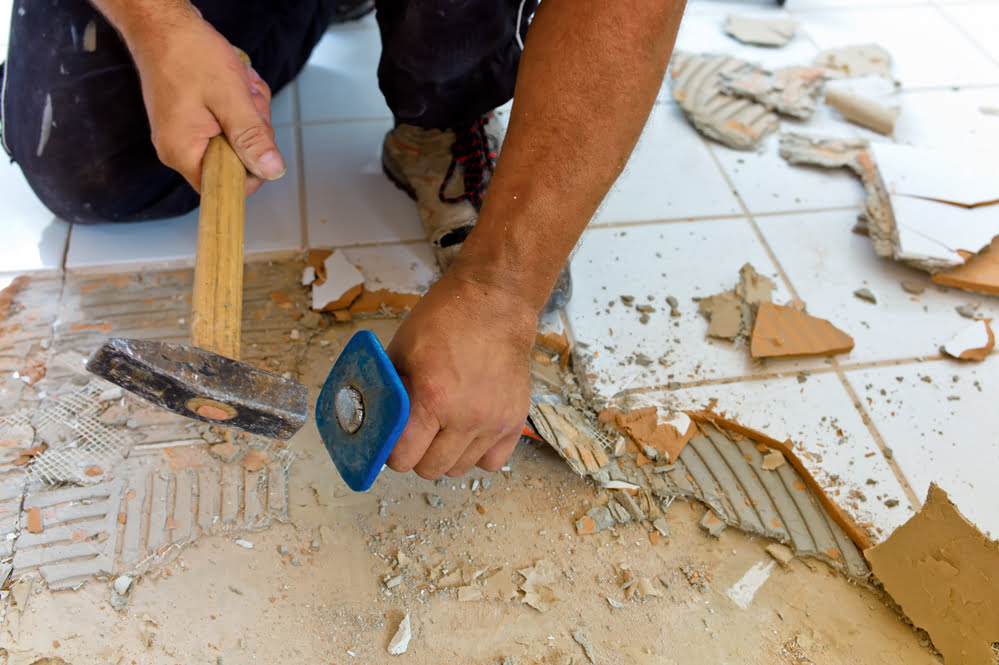The Hidden Risk: Bathroom Fibrous Cement Linings
Cracking and general deterioration can occur with bathroom fibre cement wall linings and floor substrate. These damaged linings can prove to be a hidden risk to property owners as the damage to the linings cannot be viewed unless the wall or floor tile surfaces are removed.
Even your building inspector will not be able to visually identify with certainty where cracks have occurred in the wall or floor linings or where the linings have been incorrectly installed. However, there are often visual triggers which can lead an inspector to report on areas of suspicion.
What is fibrous cement sheeting?
Fibrous cement sheeting (e.g. Villaboard for walls or Hardi-panel for floors) is made from a combination of cement and fibre which are reinforced and formed into sheets. These boards can vary in thickness and are typically used in wet areas as they withstand moisture well, dry quite rapidly and form a stiff stable backing for tile surfaces to minimise the risk of tile cracking deterioration.
Fibrous cement sheeting must be installed as per manufacturer’s instructions and as per Australian standards to ensure it withstands foot traffic, building expansion and contraction, and a generally moist environment.
Why is fibrous cement used in bathrooms?
Compressed cement flooring is commonly used in bathrooms as it is a durable, stable surface for tiles to adhere to. It should, however, be noted that poor installation practices can lead to cracks within the floor and wall linings. Cracked or damaged linings can contribute to deterioration of waterproof membranes under the tiles. Water leaks through the linings can lead to significant decay issues that can impact on the structural integrity of a house. It is important to note that fibrous cement linings are not actually waterproof.
What is the difference between asbestos cement board and fibrous cement board?
Asbestos cement sheeting was used in Queensland homes built before 1990. If you’ve purchased a home built in this era or prior, it is likely to have asbestos linings in some areas eg. eave linings and wet area rooms etc. When cutting or drilling into asbestos cement linings, it is imperative to take all precautions and avoid breathing in any dust as the asbestos dust is extremely hazardous.
Modern fibrous cement linings have no asbestos content. Telling the difference between asbestos sheeting and fibrous cement can be difficult to the untrained eye. The difference can be detected by the visual texture, and by the sound when it is tapped. The diagnosis is best left to an asbestos professional to identify. Specialised testing equipment is usually used to accurately determine whether the surface is likely to contain asbestos.





